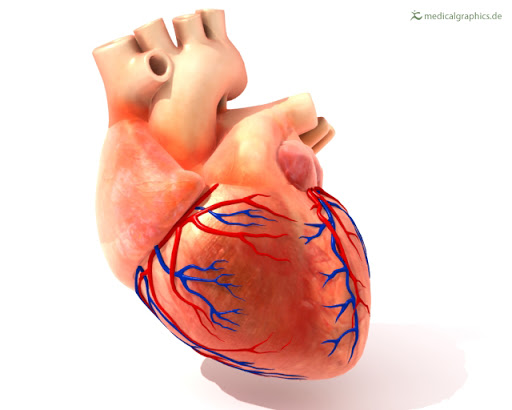Meteorin-like signals through KIT
The adult mammalian heart has limited regenerative capacity and heals by scar formation after myocardial infarction. Effective repair of the injured heart entails a vigorous angiogenic response that mitigates scarring and helps to preserve pump function. Reboll et al. identified the myeloid cell-derived cytokine meteorin-like (METRNL) protein as being a critical driver of postinfarction angiogenesis and a high-affinity ligand for the stem cell factor receptor KIT (see the Perspective by Srivastava). METRNL promotes infarct repair in mice by selectively expanding the KIT-expressing endothelial cell population in the infarct border zone. Failure to mount this KIT-dependent angiogenic response provokes severe postinfarction heart failure. METRNL provides a mechanism for activating endothelial KIT signaling after tissue injury. —BAP
Abstract
Effective tissue repair after myocardial infarction entails a vigorous angiogenic response, guided by incompletely defined immune cell–endothelial cell interactions. We identify the monocyte- and macrophage-derived cytokine METRNL (meteorin-like) as a driver of postinfarction angiogenesis and high-affinity ligand for the stem cell factor receptor KIT (KIT receptor tyrosine kinase). METRNL mediated angiogenic effects in cultured human endothelial cells through KIT-dependent signaling pathways. In a mouse model of myocardial infarction, METRNL promoted infarct repair by selectively expanding the KIT-expressing endothelial cell population in the infarct border zone. Metrnl-deficient mice failed to mount this KIT-dependent angiogenic response and developed severe postinfarction heart failure. Our data establish METRNL as a KIT receptor ligand in the context of ischemic tissue repair.







